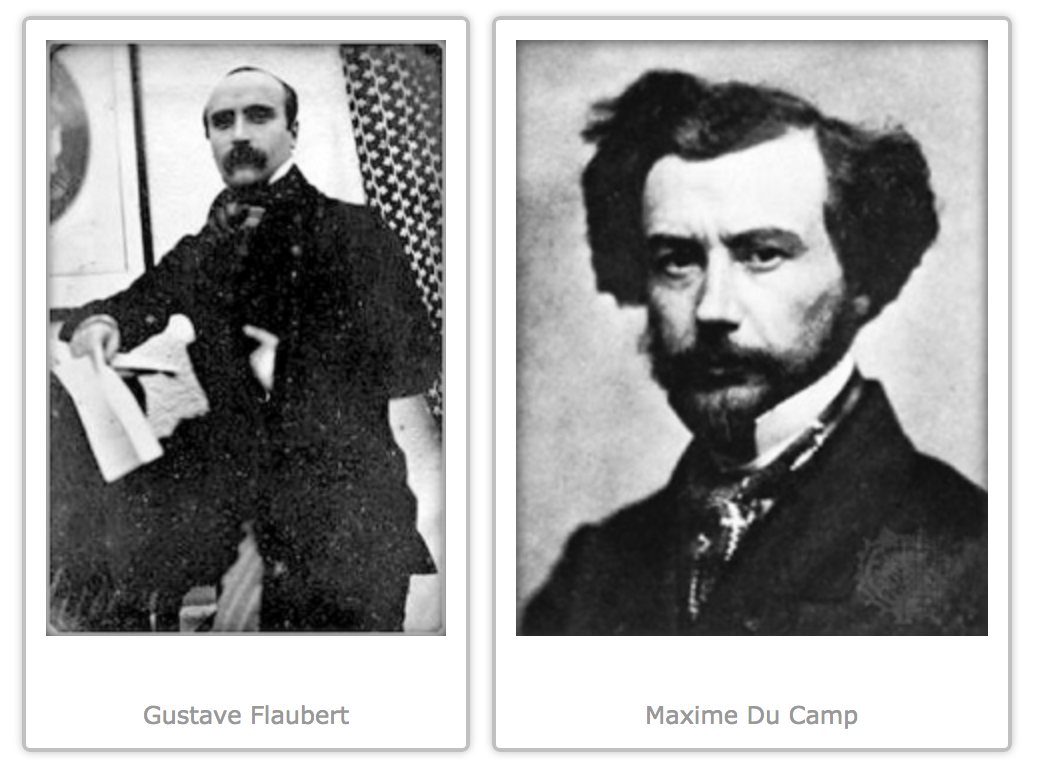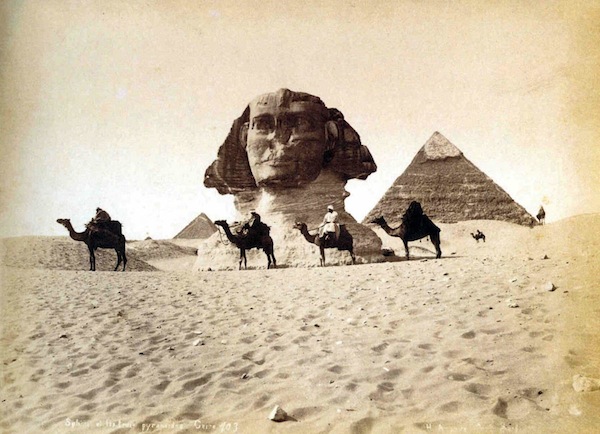Travel Photography
I wanted to investigate Travel Photography in depth, researching its foundations and history. Doing this will provide me with an insight into the original purpose of the genre and the reason and artists behind its creation. Travel photography is a genre of photography that may involve the documentation of an area’s landscape, people, cultures, customs and history. The Photographic Society of America defines a travel photo as an image that expresses the feeling of a time and place, portrays a land, its people, or a culture in its natural state, and has no geographical limitations. As travel has become more accessible, the genre is opening up more to amateurs and professionals alike. As a result, this category of Photography is much more crowded in Modern art society. Nevertheless The appeal of photography was as obvious to travellers in the 19th century as it is today. Photography made its earliest steps as a medium when in 1839 Louis Jacques Daguerre introduced a photographic process called the Daguerrotype. The first owners photographed their local area within Paris like the Notre Dame Cathedral, the river Seine and le Pont Neuf. However using a Daguerrotupe was a complicated process that required a lot of equipments and chemicals such as amalgam or alloy, of mercury and silver. It would be very difficult to transport the camera and equipment around long distances and the travelling photographer had to carry with him a portable darkroom including enough chemical to have a mini laboratory. As a result, Travel Photography was very rare at the time.

In 1851, Frederick Scott Archer invented the collodion process which became a standard photographic process until 1880. This new process reduced the exposure time to only 2 second , compared to the daguerrotype and colotype. However this did not help many travel photographers in their task as the equipment was still incredibly difficult to transport. In the 1850s the standard photographer outfit was the large sized camera, tripod, glass plates, plate holders, a tent like portable darkroom,chemicals, tanks, and water containers.Photographers carted their equipment around the world. In the mid 1800s, pictures taken for scientific purposes were of great interest to people in general and with the help of the collodion process reproduction of photographs became convenient. With the invention of the printing press, photography became commercialized as the demand due to tourism increased. However, this new era of photography was not accepted well by the purists who debated that commercialization had spoiled the craft. By the end of the 19th century tourists could take their own pictures. In 1888, George Eastman, the founder of Kodak invented a camera using a roll of film.he camera came loaded with a 100 exposure film and a memorandum book that had to be filled in to keep count of the photos. When the film was finished the camera was posted back to the factory. The camera was written with the films and loaded with a fresh film. In the first year Eastman sold 13000 cameras. Kodak had made photography accessible by millions of people across the world. Photography had become a mass medium and tourists were traveling with small and easy to use camera.
Du Camp and Flaubert
Flaubert in Egypt is a book composed of excerpts from the journals of two young Frenchmen, Gustave Flaubert and his rich Parisian friend Maxime Du Camp. Flaubert, in 1849, had dropped out of college and was at loose ends. Du Camp suggested that they go and photograph the monuments of the “Orient.” Flaubert jumped at the opportunity, and that autumn the two hopped aboard a ship bound for Alexandria, Egypt. Travel as we know it did not exist in the early 19th century. Only the very rich, mostly aristocrats, could afford the time or money for a visit round Europe. Most people had no idea of what the world looked like because, before photography, travel books featured only line drawings at best.Du Camp had studied photography, and for the trip took along his wooden Calotype camera, a tripod and jugs of chemicals. Invented by Henry Fox Talbot, Calotype photography was never very popular because Talbot strictly licensed his patented process. The fees he charged made it less attractive than the free public domain Daguerre process. But Du Camp smartly realized the advantage of the Calotype for travel. His camera was relatively small and easy to carry around. It used ordinary, readily available, high-quality writing paper as the media for its negatives. The writing paper itself could be partially sensitized in a hotel room or even a tent, and once dried, be conveniently stored and carried around until needed. The big drawback was that while the Daguerreotype is incredibly detailed, a Calotype print is much softer because the print is made from a paper negative. However, by shooting paper negatives, Du Camp could make any number of contact prints from them upon his return to Paris. By comparison, the Daguerreotype was a singular photograph from which no copies could be made. Du Camp was planning ahead to produce multiple copies of his travel albums.

Du Camp and Flaubert traveled through North Africa, Egypt and the Middle East, taking photos and keeping detailed diaries. It was a landscape as dangerous and chaotic as it is today. They had to fight off bandits and the occasional anti-government rebels who fought from camelback. Naturally enough, their exploits also involved dangerous liaisons with native women, belly dancers and prostitutes, and the consumption of quantities of alcohol and exotic drugs. Despite these distractions, the men stayed focused on their mission, producing hundreds of photographs that captured, for the first time, some of the great manmade wonders of the ancient world such as the pyramids, the statues at Aswan, the Sphinx and more.
Arriving at a site, the work of making photographs would begin. Flaubert apparently would do his best to avoid actual work, letting the porters put up the darkroom tent, while Du Camp would scout out locations. After placing the camera on a wooden tripod, Du Camp would duck under a black drape so he could frame and focus his image on the groundglass.Then he would go into his mostly light-tight darkroom tent and brush the sensitized side of the writing paper with a solution of gallo nitrate of silver — a mixture of silver nitrate, acetic acid and gallic acid. This was an accelerator that increased the paper’s sensitivity to light. After blotting the paper dry and placing it in a light tight holder, he would go back and load it into his camera. Now came the trickiest part of 19th century photography. Exposure was learned strictly by trial and error. Once he found the right exposure time, Du Camp would remove the holder’s light slide and take the lens cap off. Using his pocket watch, he would time the exposure and then replace the cap. Exposure complete, he would return to the darkroom tent to develop the negative. This required brushing the paper with gallo nitrate again while gently warming it over a hot pot. This produced a visible silver image that was fixed with hypo, the same hyposulphite of soda modern film development uses. This dissolved the unexposed silver iodide, which was then washed away, leaving a pure silver image on the paper.

The prints were mounted on heavy paper, and then bound in albums that Du Camp sold in 1852 under the title “Egypte, Nubie, Palestine, Syrie.”This was arguably the world’s first travel photography book and the images amazed the public. It made Du Camp famous almost overnight. Hearing and researching this story has been really insightful and enlightening in my investigation on travel photography. It makes you realise how much photography has developed and how lucky we are today. Today’s snapshooters have no idea how hard it once was to photograph the world, something they can do now so easily with just the press of a button.

